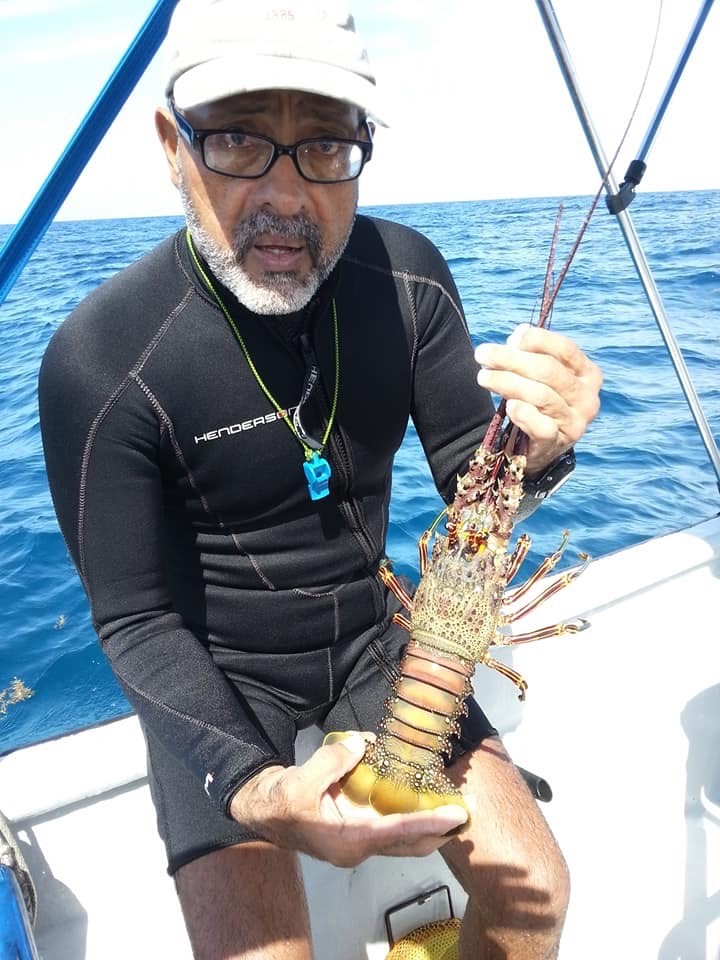How Healthy is the Ocean? Technology and Big Data Have the Answer
TNC is leading the way on applying technology to protect fisheries in the digital age.
Oceans sustain life on this planet. Ocean ecosystems provide seafood that one in seven people in the world rely on for survival. But climate change, marine habitat destruction, pollution and overfishing are threatening ocean health and the critical benefits it provides.
Balancing a thriving fishing industry with ocean health presents a growing challenge. Across the globe, more than 80 percent of fish stocks are fully exploited or overfished; and many fisheries are unmanaged and unmeasured. In many instances, we lack the basic information needed to track sustainability, putting marine life, livelihoods and human health at risk.
TNC is reimagining the way our oceans are managed with technology that promotes greater sustainability and marine biodiversity, while fueling economic opportunities within a multi-billion-dollar industry. How are we doing this? By implementing tools such as electronic monitoring (EM), electronic reporting (ER), and artificial intelligence to change unsustainable fishing methods and improve global ocean health.
Quote: MATT MERRIFIELD
We’re living in an era where data is revolutionizing a lot of industries, like healthcare and autonomous cars, and there’s no reason why we can’t apply that same type of information to fisheries.
Bringing the Tech Revolution to Our Oceans
Technology has already changed so many industries. But the fishing industry and fishery management remain largely in the dark.
Reliable information about even the most basic facts—like how healthy are fish populations and how many fish are being caught—is critical for both fisheries managers and the more than 50 million people who earn their living from the sea.
Critical data gaps create opportunities for illegal, unreported and unregulated fishing. And in fisheries that are monitored, most information is collected on paper and stored in filing cabinets for months or even years before its available for scientific use.
TNC is creating a model for change everywhere, proving with technology that it’s possible for fisheries to feed a population and provide jobs and economic opportunities—all while protecting our ocean wildlife and ecosystems and lessening the burden on government agencies. As a trusted partner to fishermen, seafood businesses and governments, TNC is catalyzing global change by applying electronic monitoring (EM), electronic reporting (ER), and artificial intelligence to address the key barriers to sustainably managing fisheries.
These technologies have the potential to dramatically transform fisheries management by providing cheaper and verifiable ways to collect data, enforce regulations, improve science and support transparent seafood supply chains.
Electronic reporting (ER) enables fishermen to enter data into apps on computers, tablets or smart phones and then share the info with multiple parties, including management agencies.
Electronic monitoring (EM) uses on-board cameras to capture fishing activity. The video is augmented with sensors that detect fishing gear motion and GPS units that supply time and location data. The video and related data is typically stored on hard drives and then reviewed by onshore analysts to extract the desired information.
Problem: Lack of oversight makes it nearly impossible to create accountability.
Solution: Electronic monitoring enables us to tap into fishing data and enforce regulations in real-time.
Traditional methods for collecting and analyzing information about fishing activity can be too expensive or fail to produce actionable data. EM uses on-board cameras and sensors to automatically capture data on fishing activities. It is a cost-effective tool for fishermen, managers, and consumers to collect, access and use fisheries data to make better informed decisions.
EM is not new, but it is at a critical moment in its development. It has been nearly 20 years since the first trials of EM in fisheries took place in British Columbia, yet the use of EM has grown slowly, with only about 1,000 EM systems installed on fishing vessels worldwide. This ER tool has been held back by cost uncertainties, technological limitations, and legitimate policy and privacy concerns from regulators, fishermen, and the seafood industry.
With market and regulatory demands for transparency and accountability ratcheting up, TNC is investing in EM to make this tool into the transformative technology that the industry needs—creating what we’re calling “EM 2.0,” the next generation of EM. We are finding ways to bring costs down, spurring the development of artificial intelligence to streamline the data analysis process, and building policy implementation guidance to help governments get EM programs off the ground.
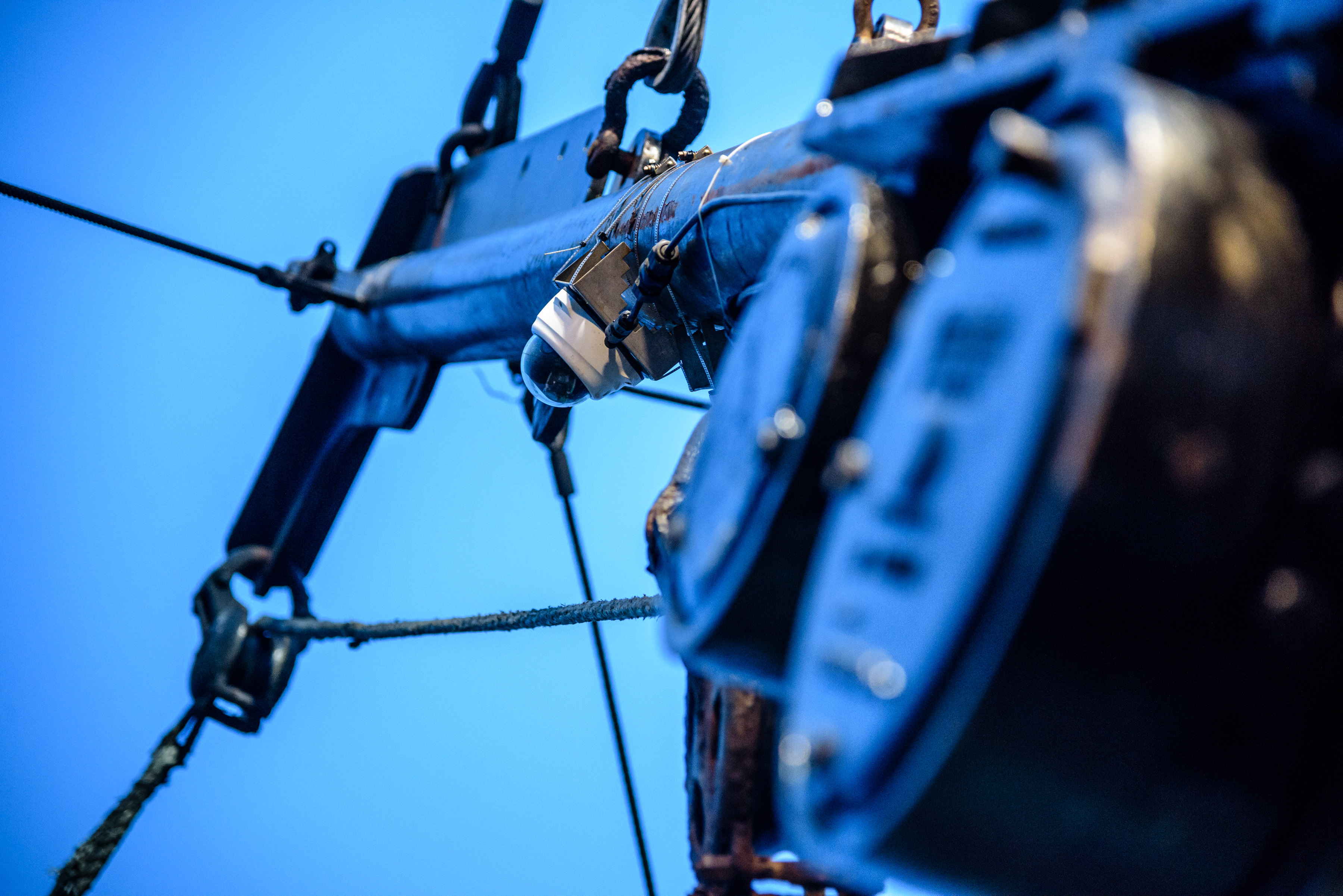
Our aim is to get to more than 25,000 vessels equipped with EM 2.0 in the next decade, helping to stamp out illegal, unreported and unregulated fishing, and delivering robust scientific data and improved management to many of the world’s most important fisheries.
Dive deeper into how we can catalyze the growth of electronic monitoring in fisheries.
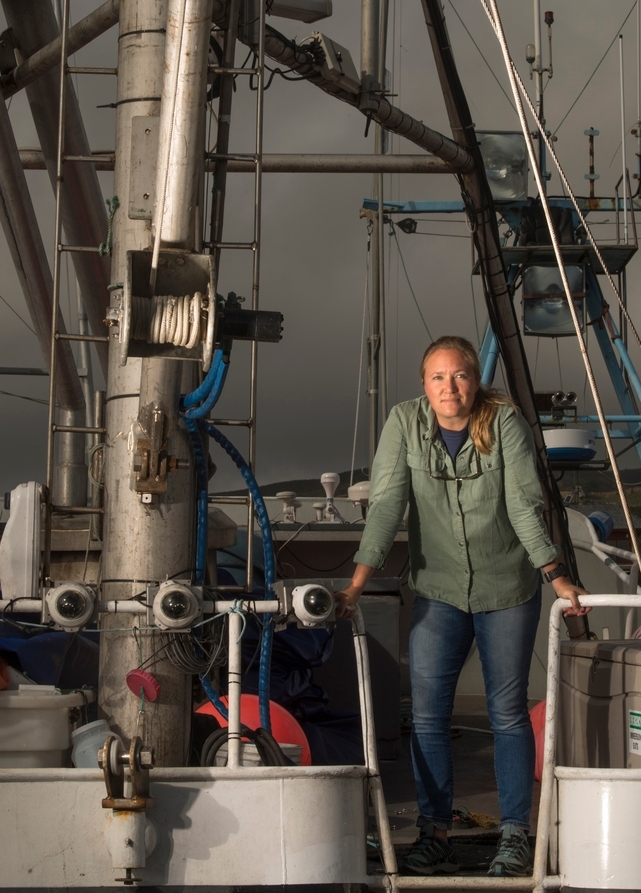
Problem: A shortage of data on the health of our oceans creates critical gaps in fisheries management.
Solution: Facial recognition technology tracks what’s happening at sea to cut down data review time and costs.
TNC works closely with local fishermen and our industry and country partners to better understand whether, or to what degree, fish stocks are overexploited. This data is critical for improving fisheries management and enforcing good fishing practices out in the water. There is a lack of reliable data on which species are being caught and where, and it takes time and money to process the data.
Guided by the same technology that Facebook uses to identify your face in photos, we’re “teaching” electronic monitoring software how to automatically identify what species are being caught. Currently, EM information is collected in the form of GPS data and video footage, which then must be reviewed by a fishery manager back on land.
This machine-learning solution makes it more efficient for regulators and boat owners to review the footage coming off of fishing vessels, which can otherwise take weeks—sometimes months—to review. We aim to get data in the hands of managers faster and more cheaply, so that they can adapt to what’s happening on the water and implement change. TNC is proving this out in places like Palau, where the technology will support the island nation in stabilizing regional marine ecoystems, while protecting the world’s tuna supply and preserving their ocean-bound cultural traditions.
Learn more about this next frontier for counting fish.
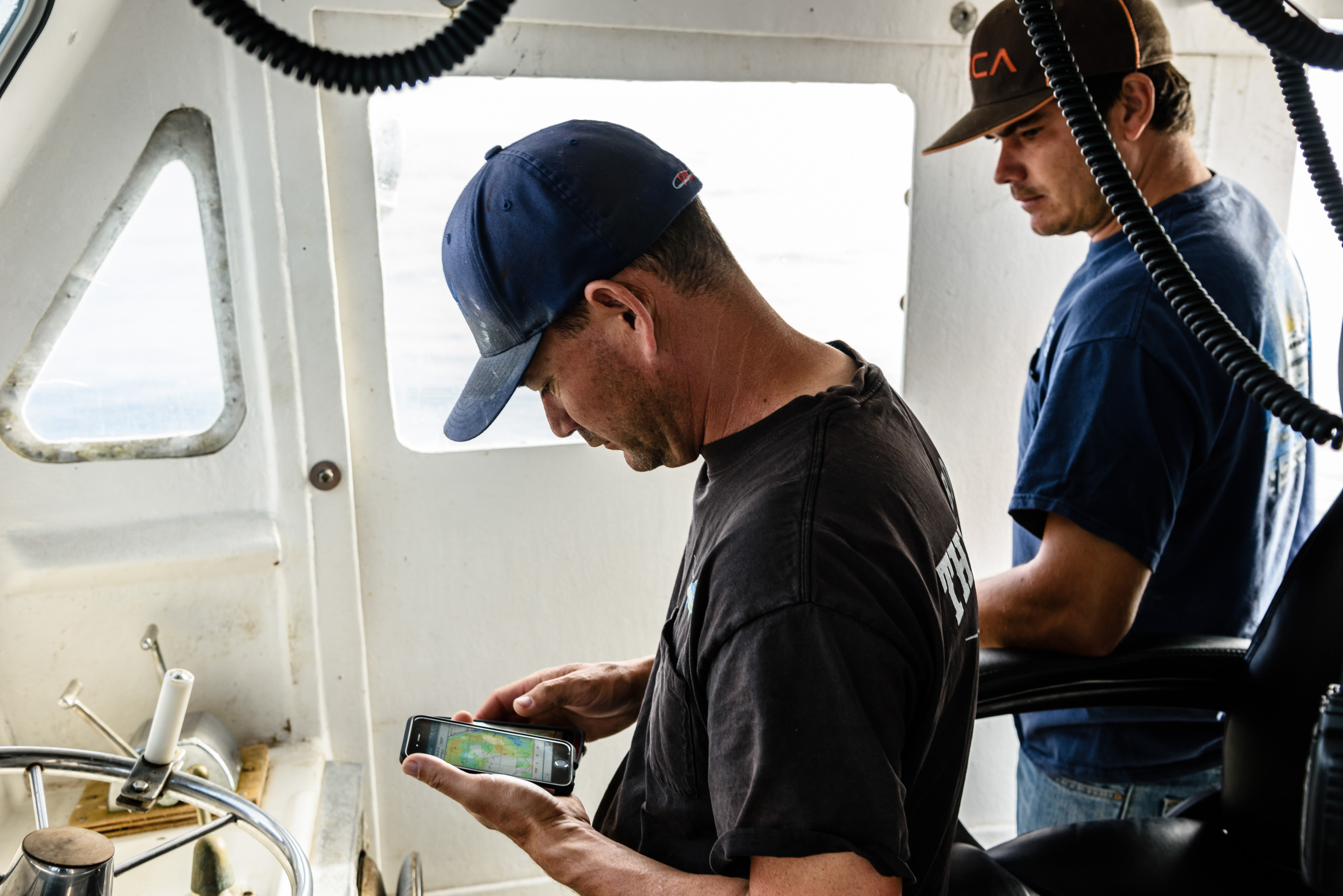
Problem: Ocean ecosystems are dynamic and climate change is making it harder for managers to keep pace.
Solution: Leverage technology to unlock the power of citizen-science in order to accelerate the collection of key data for better, faster decision-making.
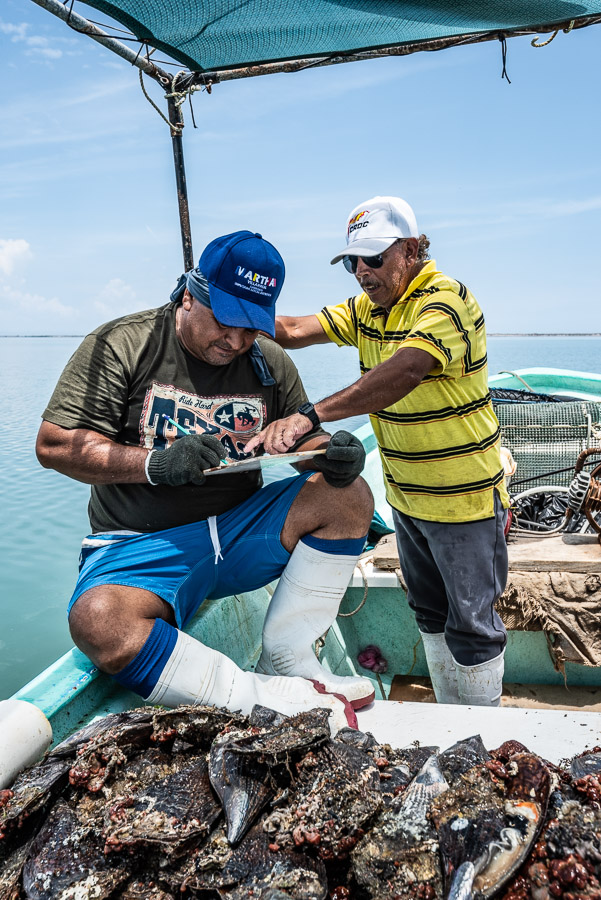
Climate change is deeply impacting our oceans—sea-level rise, acidification of seawater, rising ocean temperature, shifting migration patterns—the list goes on. Climate change is also creating greater uncertainty about ocean conditions, opening up new data gaps, and presenting us with new management challenges. Fishery managers must adapt and respond to a changing climate, and that requires real-time information to understand how fish and wildlife are faring.
One tool that TNC and its partners have developed to tackle this issue is “Poseidon,” a software tool that taps into the power of citizen scientists to collect more data across wider geographies and improve fisheries sustainability. The tool allows users to capture photos of fish and other sea animals and then transforms those photos into length measurements that become useful indicators to guide management decisions in otherwise data-limited situations. This technology makes the data collection and analysis process simpler, faster and more cost-effective.
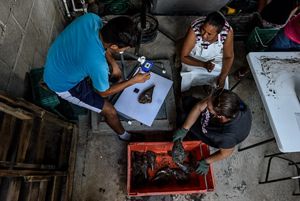
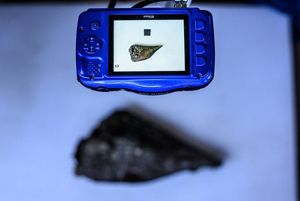
The tool is being tested in the Manglito fishing community, a remote fishing community in Mexico, that depends on income from diving for scallops in the warm waters off La Paz, Baja California Sur. Using Poseidon, it took the community less than 24 hours to collect data at key fishing sites, analyze it, and make a critical management decision, changing size limits to protect the scallop population and ensure community benefits into the future. Based on their experience with Poseidon, the Manglito community requested to use the tool to track the health of other species they harvest. It’s essential for groups like this to have access to advanced tools that empower them to efficiently and sustainably manage their marine resources, especially in an uncertain climate future.
TNC has applied Poseidon in the red abalone and spiny lobster fisheries in California, and we are expanding its use in other fisheries—from Mexico to Hawaii—to ensure a technology solution that will support ocean health via the implementation of adaptive and climate-ready fisheries management.
Learn more about how we’re spreading effective fisheries management around the world.
Make a Difference
Together, we can achieve transformative change on a scale that’s attainable—for fisheries, and for the world.


